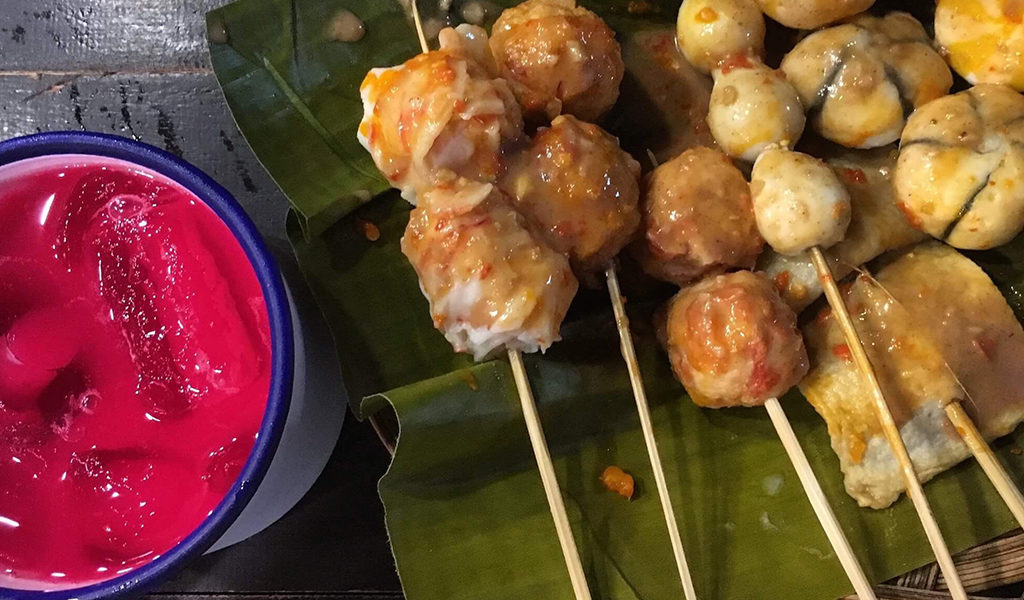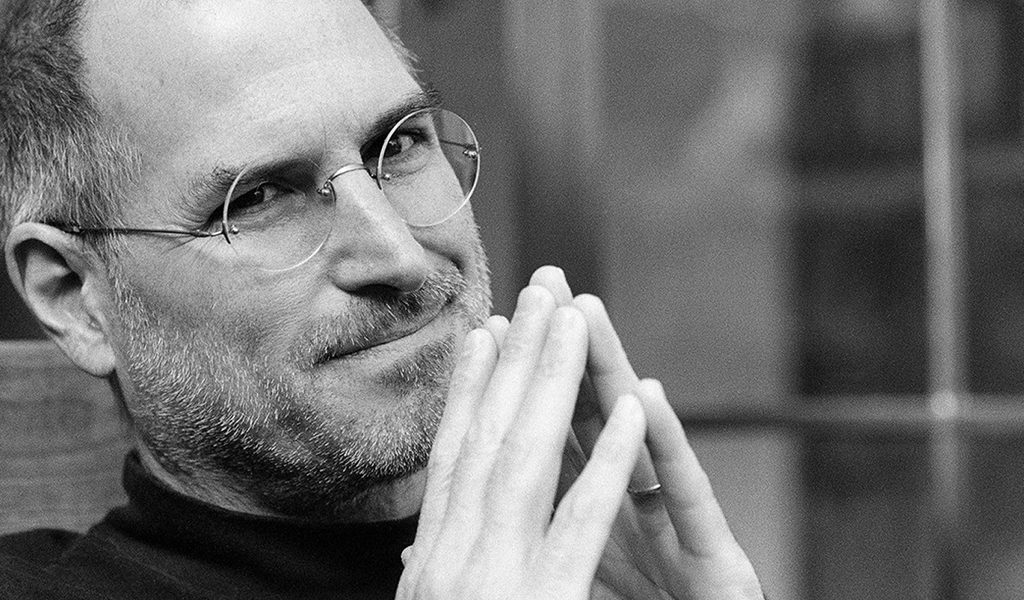The Bike Story
The boy was six years old and the following day would be his first day in school. He was watching his father clean the bike — the bike his father rides when he goes to work. He imagined the places he can go if he will learn how to ride one. He will go to the barrio and race with his cousins; to the sea to swim and to watch the ships and the boats pass by; to the market to see what new goods the vendors from the city are selling. The bike will bring him to so many places.
He asked his father, “When can we buy another bike?”
The father looked at him and said ” Not immediately. Probably after we shall have paid for the sewing machine your mama got on installment ”
That was not the answer the boy wanted to hear. So, he went straight to the point , ” Is there a way I could own a bike?”
To which his father immediately retorted: “Oh yes, there is. But that is something you will have to work on.”
The boy got excited, looked at his father and asked: ” How?
And this was the father’s answer:
“Tomorrow is your first day in school. All you have to do is to study well, listen to your teachers, and do your homework. If you are able to do this, then you will most likely be the top student in your class. And you know what? Every year that you will get the first honors ribbon you will earn as prize a certain part of the bike.
For grade 1, you will earn the complete frame including all its components: the top tube, the down tube, the seat tube, the seat stay and the chain stay;
For grade 2, you will get the saddle area comprising the saddle and the saddle posts;
For grade 3, you will get the front set –which includes the handle bar grip, the head tube and the fork;
For grade 4 , you will get the pedal, the crank arm, the chain and the chain rings;
For grade 5, you will get the front wheel — spokes, hub, rim, tire and valve;
And by grade 6: you will get the back wheel — spokes, hub, rim, tire and valve.
So, if you will be first honors from grade 1 to grade 6, you will have earned all the parts needed to assemble a bike! “
Every year, the boy reminded his father about the bike parts he has earned. And every year, the father told him how many more parts he has to earn to complete the bike. There are days when they passed by a bike store or watched other people’s bike and talked about how better the boy’s bike will be, when fully assembled.
Every year from grade 1 to grade 6 the boy got the first honors of his class. He graduated valedictorian from elementary. But he never got the bike he wanted. His father met an accident and was bedridden for the next 3 years. In fact, he had to work after school hours to help earn money for the family.
But by this time, the boy had already learned the proper study habits. The bike was no longer his motivation for topping his class. Rather, it was to maintain an academic scholarship in order to finish his studies. He graduated valedictorian in high school. He got a full college scholarship with board and lodging allowance and eventually, graduated valedictorian in college.
He got a good job and could have bought for himself the best bike his money can buy. But he did not. Instead, he bought his father a good bike, and a pick-up.



